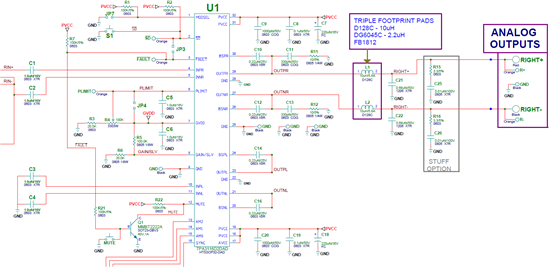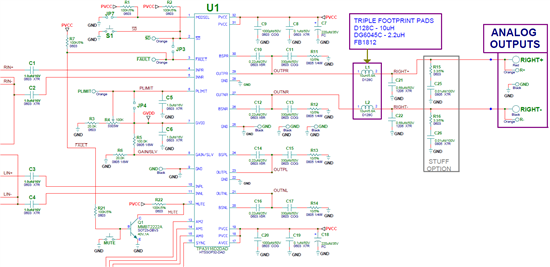Dear, Sir.
We are promoting TPA3130D2 for a audio system, analog input and Mono 4ohm/20W output.
The customer faced pop noise problem before, hence serious for mute function.
TPA3130D2 has 2 pins, SDZ & MUTE to be used for mute fuction(turn off output transisters).
These are his questions regarding those 2 pins to consider which is the best to realize the
mute function.
1. SDZ looks like to be able to clear protection latch.
Will other setting such as Gain setting be cleared due to SDZ pin low (like reset)?
2. I wonder MUTE will be simply turn off output transisors keeping all setting.
Correct?
3. Page 6 on the data sheet, defines ton/toff.
Can these parameters be referred for MUTE?
4. SDZ will be the best during power off/on stage.
Which is the best way to realize mute fuction(set no output, normal operation stage), SDZ or MUTE?
Hoping to get your advices.
Best Regards,






